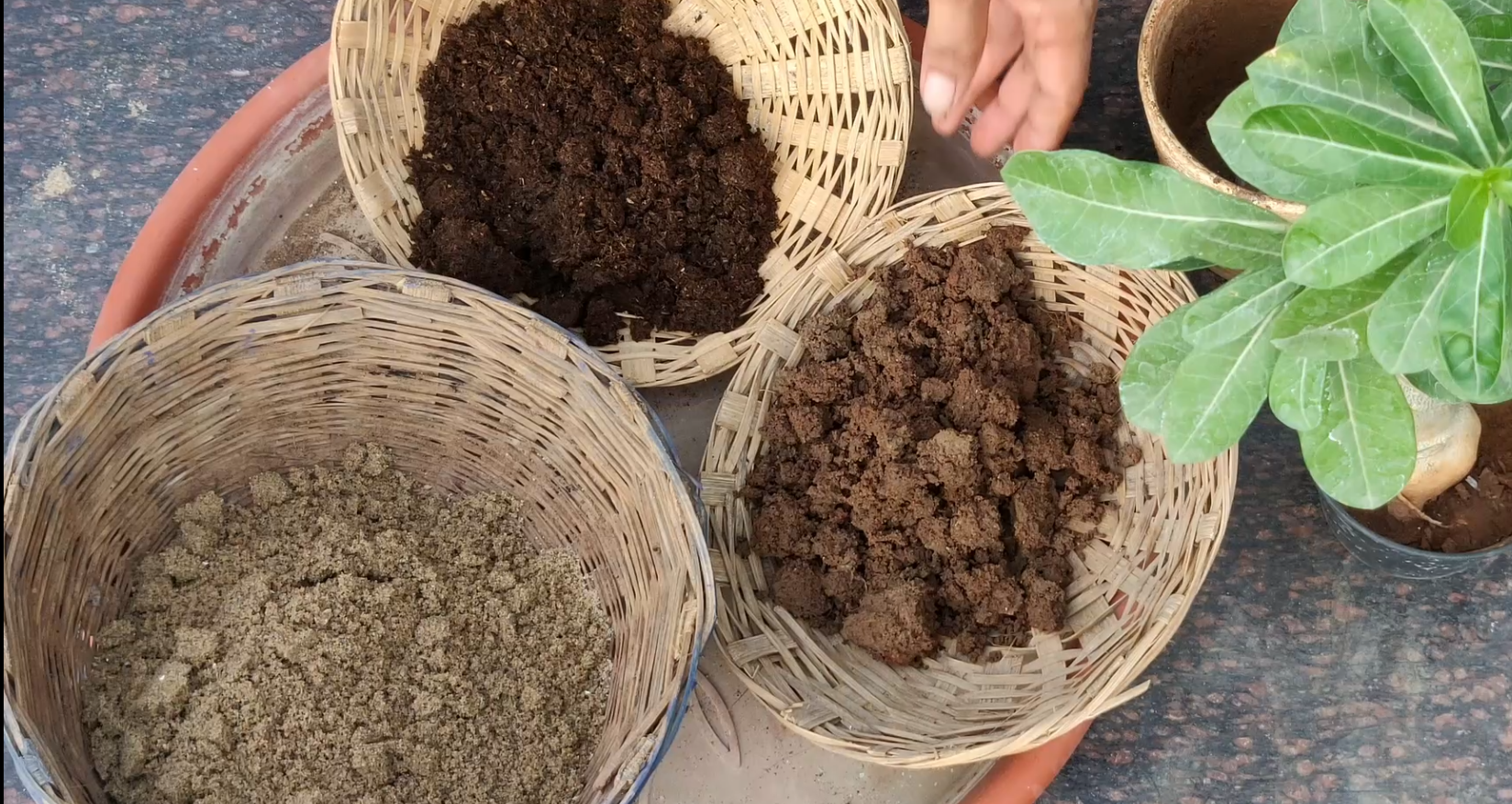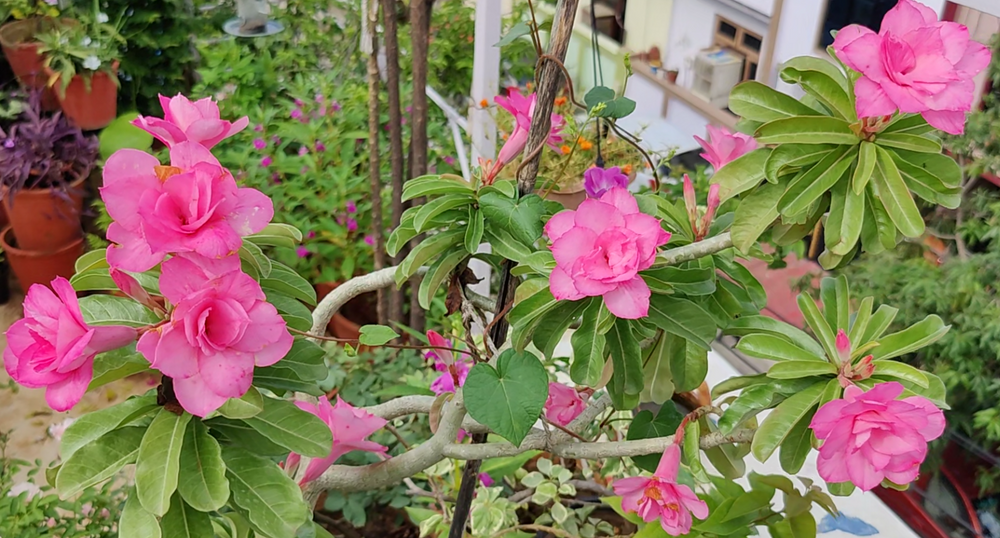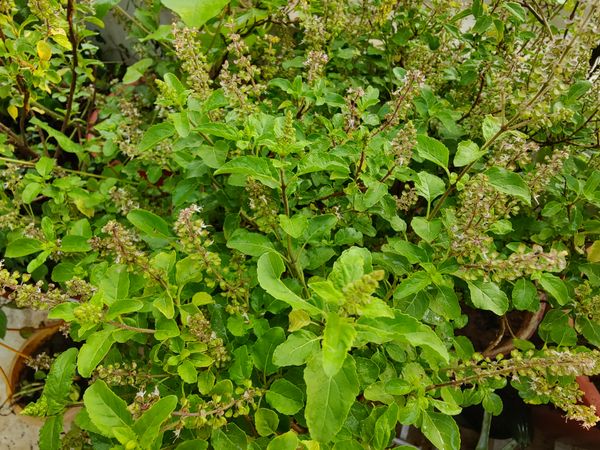Care and repotting Adenium Plant (Desert Rose Plant)🌹: House Plants Notes 007- Varsha Aundhia
Understanding Adenium: Beauty Beyond Flowers
Adeniums, often admired for their unique codex, are a captivating addition to any garden. While their flowers add a splash of colour, it’s the impressive codex that truly enhances their beauty. Grafted adeniums come in various colours, with the grafting typically done on a pink adenium base grown from seed. Only seed-grown adeniums develop the distinctive codex. Adeniums are very easy to rework.
Repotting Adeniums: Timing and Techniques
When to Repot
Repotting adeniums is a straightforward task and can be done anytime except during the rainy season. Ideal times for repotting are before the monsoon (March to early April) or in October and November. Avoid repotting in May or during the monsoon season.
How to Repot
- Prepare the Plant: Remove the adenium from its pot and wash the roots thoroughly in a bucket of water. Inspect the roots—healthy roots are creamy white, while brown or black roots need to be trimmed. Finer roots of the fibrous roots of adenium are cut during repotting. During repotting, there is no problem if you keep adenium in water or outside water for some time.
- Soil and Pot Selection: Use wide, shallow pots instead of deep ones. Place brick pads or broken pot pieces over drainage holes to ensure excess water can drain.
- Soil Composition: Adeniums thrive in loose, sandy soil. Use M sand (quarry sand) or river sand, mixed with 1/4th part cattle manure or vermicompost, or any other compost. Avoid using regular soil or cocopeat, as these do not provide adequate drainage.

- Planting Process: When repotting, place the adenium at the soil level and fill the pot with your soil mix, ensuring it is firmly packed around the plant. After repotting, keep the adenium in the shade for one week to help it adjust.
Sunlight and Temperature
Adeniums require 4-5 hours of direct sunlight (Sun hit) daily. They can grow up to 3 feet in height and spread across the width of the pot.
Fertilizing Adeniums
Adeniums have high phosphorus needs. Bone meal is an excellent organic option, and if you are not comfortable using it, you may use the chemical fertilizer DAP can be used. Apply 5-6 grams of bone meal i.e. 1 teaspoon OR use DAP (Di ammonium phosphate) 20 to 25 granules of DAP per pot, according to pot and plant size and fork it into the soil without dissolving it in water. Phosphorus promotes healthy flowering in adeniums and bougainvillaeas.
Pruning and Flowering
To encourage better flowering, prune your adenium plants in January or February while repotting or reworking on adeniums. Normal flowering periods are March, April, and June. For purchasing, it’s best to buy during the flowering season to observe the flower colours. The plant needs 1 to 1 and a half months of settling down in a house in the new environment so it is good to buy March-April, before the monsoon or the rainy season of India.
Watering and Drainage
Adeniums need about 4-5 hours of sunlight daily. Ensure good drainage to avoid water stagnation, which can harm the plant. In the monsoon, don’t hesitate to expose most plants to rain, but protect adeniums by ensuring proper drainage. Make holes in the soil surface every few days to facilitate fast drainage and evaporation.
Pricing and Grafting
Generally, the cost of adeniums ranges from 200 to 500 rupees, depending on the variety and flower colour. You will find a beautiful circle where the graft union is. If you notice shoots emerging from below the graft union, remove them to maintain the plant’s health and appearance.
Conclusion
Caring for adeniums requires attention to their unique needs, particularly regarding soil, watering, and repotting. With proper care, these stunning plants can be a vibrant addition to any garden, showcasing both their beautiful flowers and distinctive codex. Happy gardening!




